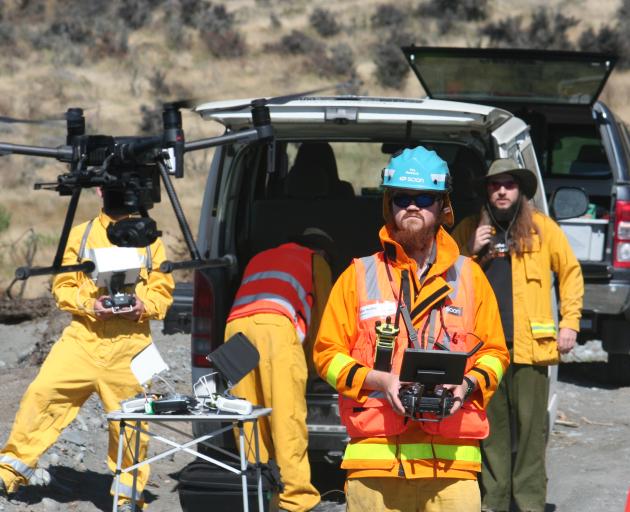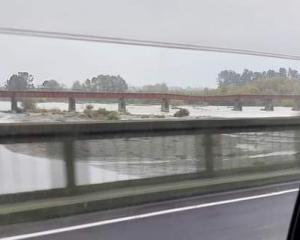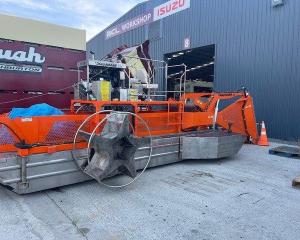
Scion is leading the international project to look at fire behaviour in gorse scrub.
Around 80 hectares of gorse land alongside Double Hill Run Road, on the south side of the Rakaia Gorge, has been used in controlled burns to study simulated wildfire behaviour.
Scion Rural Fire Research Group fire scientist Grant Pearce said the burn-off site was full of one to two metre high mature gorse which had been sectioned off into grids for the controlled burns.
"It’s part of an international collaboration with researchers from the US Forest Services, Missoula Fire Sciences Laboratory, San Jose State University and also from the University of Canterbury geography department."
Staff from the Department of Conservation and Environment Canterbury have also been involved during various stages of the project, which has taken a year of planning.
The gorge gorse burns started early last week and will continue until Saturday.
It is the latest phase of a long-term research project that has included crop stubble fuels and will see the next phase move into investigation of standing wilding pines fires.
Various firefighters and researchers have been on site at the Rakaia Gorge intermittently during the days of the gorse burns, which are planned every few days to allow researchers time to reset their equipment, including 30-metre towers. Up to two burns are planned on each burn day.
Mr Pearce said each of the collaborators had supplied people and equipment to contribute to a number of the measurements being made during the experiments.
He said the goal was to gather information on how fire spreads through different vegetation fuels to develop and improve fire behaviour models and prediction tools for rural fire managers.
The information would add to existing knowledge from other experimental burns in New Zealand and was beneficial for firefighters.
The effects of rural wild fires can be devastating, in cost and loss of land.
Annually New Zealand has around 3000 wildfires which burn around 6000 hectares of land at a cost of more than $100 million per year.
"The best way to learn more about fire behaviour and flame spread is to study actual fires in conditions as close to real life as possible."
The firefighters secured the boundaries of the burn areas and were also on hand to help mop up once the fire had burned through.
"Without that support from the fire suppression crews we couldn't conduct these experiments," Mr Pearce said.
- Check out video at www.ashburtoncourier.co.nz














